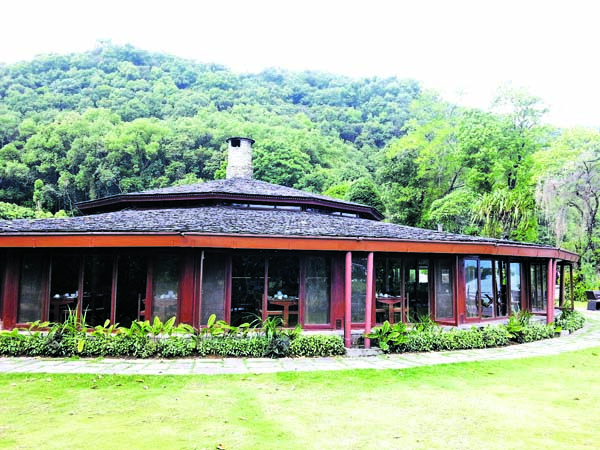Improvement and cultural identity
There is no progress without improvement. It is probably one of the key characteristics of human beings which ensured our survival. We should therefore never question the need for improvement. There are, however, conflicting views on what improvement actually means. This is a critical concern in respect to response to the earthquake. The slogan ‘build back better’ has picked up on this issue.
The government will need to establish policies in respect to the rehabilitation of not only the heritage structures but entire settlements and urban fabric. The discussions have already begun with high priority given to earthquake safety. Something that does not seem to have been given any priority for half a century has after the events of April 25 and May 12 been catapulted to the top of the list. Suddenly all other aspects of life, beliefs and values have been demoted or even forgotten.
I have been confronted by the argument on having to improve aging facilities to keep up with the changing needs and expectations. There are two examples of places I recently visited and am involved in their planning. In both cases there are clearly improvements that are required, but the question that is raised is; “At what cost?”
The Fishtail Lodge is arguably the most exceptional tourist accommodation in Nepal. Designed in the late 1960s by the Swiss architect Robert Weise, its simple and rustic buildings has hosted international dignitaries, adventurers and leisure tourist for over four decades. The circular blocks of rooms and restaurant have been built in a simple manner using mainly locally available materials. The design has not changed much except for a single newer block that stands out like a sore thumb, possibly highlighting the beauty of the remaining resort complex. From most rooms it is not possible to see neither the lake nor the mountains. The rooms are rather small provided with the basic amenities. However, the resort still retains the atmosphere of adventure and beauty that defined Pokhara in the past. By retaining the simple rustic design of the buildings and the wonderful garden and focusing the improvement on services, furnishing and comfort, the Fishtail Lodge has managed to retain the unique identity which keeps it apart from all other tourist accommodations.
I have been involved with Kodaikanal International School in Tamil Nadu, South India as an alumnus, a board member and now a parent. The school has a history that spans back to 1901 when two rooms were rented from the Hiclerc Hotel which is still where the centre of the school is located. Over the century and more, many buildings were added to the school, most having a specific character of single or two storey, stone cottages or courtyard blocks with tiled roofs. It is a wonderful campus covering a hillock to the northeast of Kodai Lake.
The buildings will not be able to compete against the facilities of the fancy new schools being built in the cities. Kodaikanal International School however has something that the new schools will never be able to compete with, a campus which exudes the character and atmosphere created over a century. The campus will need improvements, but this should be done while retaining the unique identity, of one of the most exceptional schools in South Asia.
Taking these two practical examples, there is a clear lesson to be learnt in the reconstruction of the villages and urban fabric. Nepal has a diverse culture and each part of the country has its distinct character and identity. There needs to be an understanding of what the value of this diverse culture is and whether this value needs to be safeguarded. Improvements are required, for this is the basis of any civilisation; however what parts of our cultural landscape should we sacrifice? Improvements must take into account the intrinsic characteristics and diverse cultural identities of Nepal.
(The author is an architect and can be contacted through paharnepal@hotmail.com)






